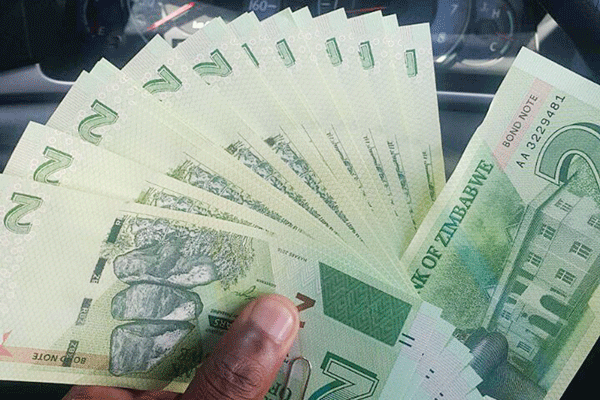
Editorial Comment
CENTRAL bank opens up currency trading, reads a headline in a State-owned daily newspaper. The Reserve Bank of Zimbabwe (RBZ) has liberalised the foreign currency market by introducing an interbank trading system that will result in exchange rates being determined by the forces of supply and demand to encourage inflows into the formal market, the story read. Individuals, embassies and other institutions will now sell their foreign currency to banks and other authorised dealers on a willing-buyer/willing-seller basis, it added.
Sounds familiar? Yes, because that was on May 1, 2008. The central bank governor was Gideon Gono, while then 84-year old Robert Mugabe had just lost the election held in March to MDC leader Morgan Tsvangirai, but by a margin enough to force a run-off in June, which the Zanu PF leader “won” with an 85% vote after his opponent withdrew, citing violence against his supporters, which left over 200 people dead.
By December of the same year, inflation topped 500 billion percent, according to the International Monetary Fund data, obliterating Zimbabwe’s dollar along with its pensions and savings. The country had the fastest shrinking economy in the world outside of a warzone.
The country faced an acute shortage of basic commodities such as food, fuel and cash, hospitals ran out of medicine and Fidelity Printers and Refinery was printing worthless currency in denominations of $100 trillion, Mugabe succumbed to international pressure and, under regional mediation, embraced his nemesis to form a government of national unity (GNU).
It is 2019, the RBZ chief is John Mangudya and the President is Emmerson Mnangagwa, Mugabe’s long-time aide. Zimbabwe is again facing the growing threat of inflation, which accelerated to 56,9% in January this year from 5,4% in September last year.
The relative financial stability of the GNU period, which ran from 2009 to 2013, has unravelled in the last three years as acute foreign exchange shortages have led to shortages of medicines, fuel and some goods, including bread.
Meanwhile, the government announced in October last year that the money in banks was no longer US dollars, the currency it adopted in 2009 when it abandoned its hyper-inflation-ravaged Zimdollar. On Wednesday this week, Mangudya confirmed a return to the local currency known as RTGS dollars as the government, again struggling to tame high prices, get US$ to pay for critical imports and deal with high inflation, after a stubborn few months was forced to ditch the 1:1 parity fallacy.
- Chamisa under fire over US$120K donation
- Mavhunga puts DeMbare into Chibuku quarterfinals
- Pension funds bet on Cabora Bassa oilfields
- Councils defy govt fire tender directive
Keep Reading
As in 2008, the fluid nature of the exchange rate of Zimbabwe’s new currency has seen some shops begin leaving prices off commodities, saving themselves the potential trouble of changing them every day.
An election held last July to confirm Mnangagwa’s five-year term is being disputed by the opposition MDC which, despite losing a challenge in the Constitutional Court, continues to question his legitimacy, adding to the political risk of the country.
Can Zimbabwe learn from history? Government actions suggest the country’s leaders are terrible students of yore.







